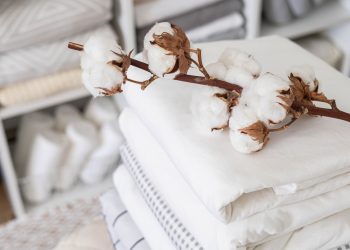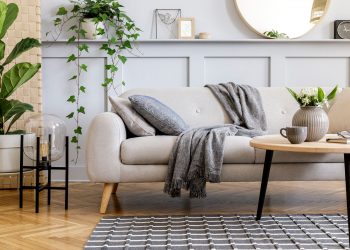Spacious lake houses are made for long weekends hosting family and friends. Regardless of your lake home’s square footage, maximizing every inch will give you the space and functionality your home needs to create a comfortable and welcoming atmosphere. Being creative with how the area is designed can help you achieve this. Read on for tried and true design tips that will give your lake house the extra space and functionality you crave.
Built-in sleeping rooms
Many lakehouses have a designated bedroom perfect for sleepovers filled with lots of late-night giggles, whispers and cuddling up to read books with flashlights. While bunk beds are a standard go-to sleeping option, you can maximize the bedroom space to fit in more beds. Using one entire wall or two facing walls for built-in bunk beds can often fit more beds than stand-alone bunk beds can. Depending on ceiling height, you can also build these bunk beds three beds high instead of the standard double bunk bed. Installing shelving and nightlights directly on the wall instead of taking up valuable floor space can help the area feel larger.
Double islands
You may spend much of the time gathered in the kitchen when you’re hosting holidays, long weekends, and family and friends at your lake house. Double islands can help the kitchen remain functional and comfortable for everyone to relax and gather. An island meant for cooking and prep work means you’ll have plenty of room to prepare endless snacks and meals, while an island filled with counter stools creates a welcoming spot for everyone to sit down to chat, relax, eat, and gather.
Banquettes
If you have empty corners in your eating or gathering areas, such as the kitchen, great room, or sunroom, transform these nooks into banquette seating. These nooks can become eating areas, such as a breakfast nook or coffee area. Or, in a living area, this space can become a reading corner, lounging spot, or place to handle a last-minute work project while still feeling part of the group.
Create a mudroom
Lake homes are high-usage dwellings, so having a mudroom is an essential room. Whether it’s a place to hang wet bathing suits, wetsuits and soaking towels in the summer or a place to store wet boots or snowshoes if you visit in the winter, a mudroom will keep any wet and muddy belongings from being spread across the house. If the house doesn’t have a mudroom, consider borrowing space from a larger room, such as a great room.
Attic conversion
As families grow, you may be faced with a bedroom shortage. An attic conversion is a relatively easy way to add more livable space without building an addition. During an attic conversion, there are specific code requirements. For example, there are ceiling height, structural support, insulation, and ventilation requirements, and may need special windows to be considered an egress exit.
Additional refrigerators
In a lake house, there can always be more refrigerators for beverages, large trays of food, hearty breakfast ingredients and all the snacks. Spaces where you can consider additional refrigerators include the outdoor living area, garage, great room, interior bar, exterior bar, adding a second refrigerator to the kitchen, or in a butler’s pantry or scullery.











